tooth resorption cats veterinary partner
This condition is commonly referred to as tooth resorption however in the past it has also been called a feline odontoclastic resorptive lesion FORL or a cervical line lesion. Compare it to the appearance of the normal tooth next to it.
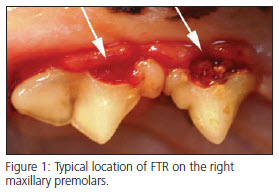
Treatment Options For Base Narrow Mandibular Canine Teeth Part 1 Montana Pet Dentistry Oral Surgery
It has been a little over eight years since I wrote about tooth resorption in cats and while not a lot.

. The currently accepted name among veterinary dentists is simply. This condition is commonly referred to as tooth resorption however in the past it has also been called a feline odontoclastic resorptive lesion FORL or a cervical line lesion. Resorption starts at the gum line and progresses eroding sensitive dentin.
Most times it is up to the veterinarian or astute owner to diagnose tooth resorption. The cause of tooth resorption is not known. 12 Risk factors include increasing age and the presence of other dental disease including additional TR lesions.
Tooth resorption from any cause occurs through the action of odontoclasts that remove tooth structure creating a resorptive lacuna. Send this public article to a friend Tooth Resorption in Cats To. The bottom molars are frequently the first teeth to be reabsorbed.
Tooth resorption is the most common cause of tooth loss in cats and between 30 and 70 of cats show some sign of this destructive process. Others show increased salivation oral bleeding or difficulty eating. These tooth defects have been called cavities neck lesions external or internal root resorptions feline odontoclastic resorption.
Tooth resorption is a process in which the tooth structure breaks down beginning inside the tooth and often progressing to other parts of the tooth. Send a message along with this article. However crown amputation is an accepted treatment for advanced type 2 resorption.
Tooth resorption cats veterinary partner Saturday March 5 2022 Edit. The bottom molars are frequently the first teeth to be reabsorbed. Tooth resorption is more common as cats age and is usually present in multiple teeth.
3 Dental radiographs are required for proper diagnosis and treatmentFeline tooth resorption TR a common disease in cats characterized by resorption of the tooth by. 1-866-866-8483 Tooth Resorption in Cats. With Type 2 tooth resorption a technique known as crown amputation with intentional root retention is appropriate.
Tooth resorption is a condition in cats where their body starts to break down and absorb the structures of a tooth. With Type 1 tooth resorption both the crown and root need to be extracted. Cats are mysterious creatures and as such are afflicted with some mysterious ailments.
It may be seen in a single tooth but generally the condition affects multiple teeth. Cats with tooth resorption often show excess deposition of cementum called hypercementosis. Determining type 1 from type 2 tooth resorption is critical for proper treatment of tooth resorption.
Enamel dentine and cementum contain calcium and other minerals. Tooth Resorption in Cats. Tooth resorption is a process in which the tooth structure breaks down beginning inside the tooth and often progressing to other parts of the.
Your veterinarian will obtain intraoral radiographs to assess the type of resorption. Microscopic areas of root resorption often repair uneventfully in cats. If your cat is showing any symptoms as described above your vet may also recommend blood tests urinalysis sedation and dental x-rays.
It may be seen in a single tooth but generally the condition affects multiple teeth. All three hard parts of the tooth. One such disease has had a number of names over the years and this is a reflection of how little we truly know about it.
Feline Tooth Resorption Today S Veterinary Practice All that will remain is a raised bump on the gums. During normal bone maintenance the body removes and replaces minerals from the bone. Complete extraction is always the ideal treatment.
There Hale Veterinary Clinic toothvettoothvetca wwwtoothvetca Local Calls. Incidence reports list a range from 30 to 60 for cats affected by this oral condition. There are many possible causes for tooth resorption.
Some affected cats show pain and jaw spasms whenever the lesion is touched. Hale DVM FAVD Dipl AVDC Page 6 August 2012 Long Distance. Radiographically the tooth roots have the bright opacity of a root and a clear periodontal ligament space is present.
In many but not all lesions concomitant osteoblast and cementoblastic activity replaces the lost tooth with bone or cementum. Tooth resorption starts when odontoclast cells begin to attack healthy teeth. Email Article Cancel.
What Is Feline Tooth Resorption. Supereruption or abnormal extrusion of teeth particularly canine teeth occurs commonly in cats with resorption lesions on other teeth. While we do not know the causes of tooth resorption we do know that cats that have had some are likely to develop more.
1-866-866-8483 Tooth Resorption in Cats. What is tooth resorption. Any tooth can be affected by tooth resorption but the mandibular premolars bottom cheek teeth are most commonly diseased.
Initially in stage 1 only. There are five recognized stages of tooth resorption. The combined gross and radiographic occurrence of tooth resorption in random populations of clinically healthy cats ranges from 29 to 38 percent1-4 The number presenting.
There are 4 radiographic findings and one clinical that must be present for crown amputation to be performed. One such disease has had a number of names over the years and this is a reflection of how little we truly know about it. This may be the result of hypercementosis or increased osteoblastic activity of periapical bone.
Volkers mind every cat has tooth resorption until proven otherwise-up to 67 are affected depending on which study you read. Send yourself a copy of this message. Feline tooth resorption is a condition in which the body begins breaking down and absorbing the structures that form the tooth.
Its painful and progressive-we cannot stop the resorptive process-and the cause of the disease has still not been determined. A common feline oral malady is tooth resorption TR. Diagnosing Tooth Resorption in Cats A thorough physical exam by your vet along with sedation to further evaluate the mouth gums and teeth using dental x-rays is the best way to diagnose TR in cats.
Treatment is guided by the radiographic appearance of the tooth resorption. Microscopic areas of root resorption often repair uneventfully in cats. Tooth resorption in cats is.
Email this public article from Veterinary Partner. 1 The Veterinary Dentist Veterinary Dentistry During early development calcium and other minerals are absorbed from the intestines and deposited in the teeth.

Feline Tooth Resorption Today S Veterinary Practice

Signs Your Cat May Have Dental Pain

Feline Tooth Resorption Today S Veterinary Practice

Tooth Resorption In Dogs Veterinary Partner Vin
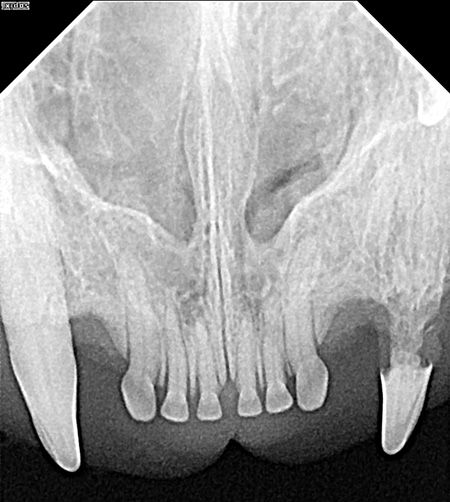
Tooth Resorption Name It To Tame It In Your Veterinary Patients

Feline Tooth Resorption Today S Veterinary Practice
My Cat Came Back From Being Out For A Couple Of Nights The First Time Ever And He Has Lost His Fang I Just Want To Know If That S A Human S Doing
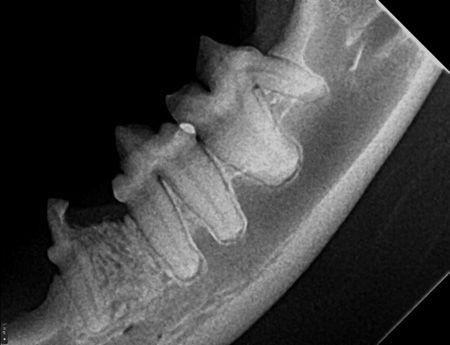
Tooth Resorption Name It To Tame It In Your Veterinary Patients
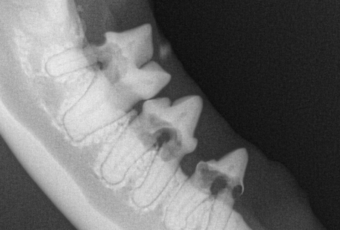
Tooth Resorption In Cats The Animal Medical Center Tooth Resportion In Cats
Tooth Resorption In Dogs And Cats Vetbloom Blog
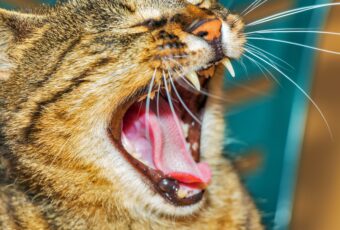
Tooth Resorption In Cats The Animal Medical Center Tooth Resportion In Cats

Feline Tooth Resorption Today S Veterinary Practice
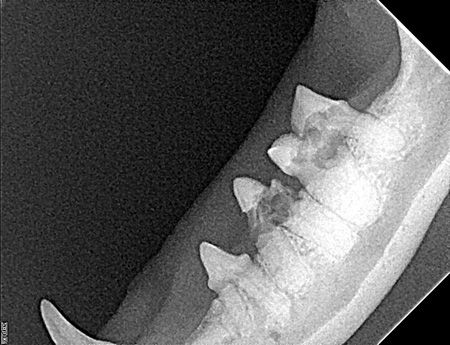
Tooth Resorption Name It To Tame It In Your Veterinary Patients

Feline Periodontal Disease What To Look For Pet Dental Health Pet Dental Care Veterinary
Tooth Resorption In Dogs And Cats Vetbloom Blog

Feline Tooth Resorption Today S Veterinary Practice
Tooth Resorption In Dogs And Cats Vetbloom Blog
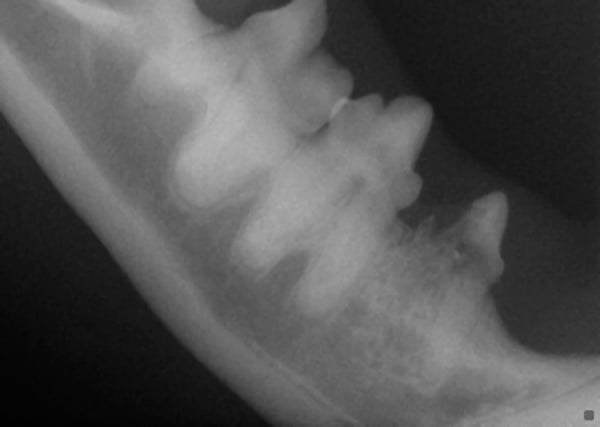
Tooth Resorption In Cats Vca Animal Hospital
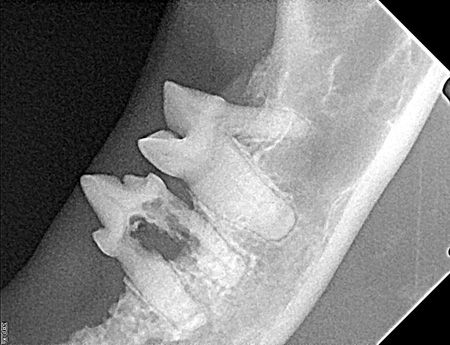
Tooth Resorption Name It To Tame It In Your Veterinary Patients